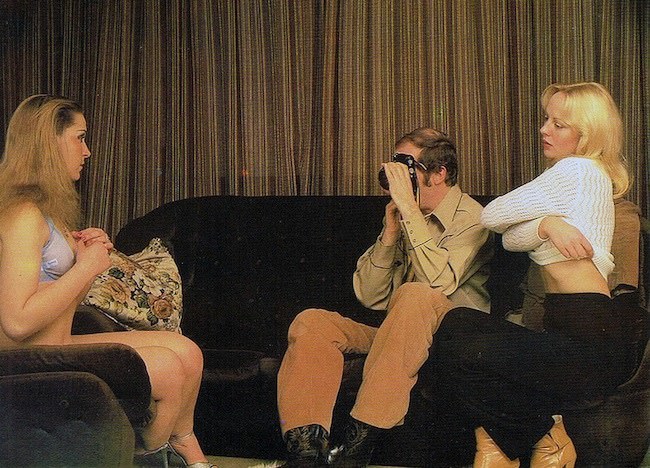In the era before digital cameras, vintage camera adverts had a unique charm. These ads often targeted men, suggesting that owning a camera would enhance their lives. The idea was simple: cameras were tools for capturing beauty, particularly the beauty of women.
One striking example is an advert featuring Michael Landon, the star of “Little House on the Prairie.” Known for his role as the wholesome Charles Ingalls, Landon was seen as a family man. In the 1980s, he endorsed the Kodak Ektralite camera. The ad showed him using the camera to photograph women in swimsuits, posing on polished hardwood floors. This contrast between his TV persona and the suggestive nature of the ad was notable.
These ads often depicted scenes where men used their cameras to capture women in various settings. These ads played on the idea that a camera could bring excitement and adventure. They suggested that owning a good camera would let men explore their voyeuristic tendencies in a socially acceptable way.
Another common theme in these adverts was the promise of high-quality images. Ads boasted about the camera’s features, such as better lenses or faster shutters. They implied that these technical improvements would help men take better photos of the women they admired. The focus was on the thrill of capturing moments that might otherwise be missed.
The language in these ads was crafted to entice potential buyers. Phrases like “capture the moment” and “freeze time” were used to create a sense of urgency and importance. The ads made it seem like owning the latest camera was essential for anyone who wanted to experience life fully.
The imagery in the adverts was carefully chosen. Women were often shown in glamorous or playful poses, adding to the allure of the product. These images suggested that a good camera could transform ordinary moments into something special. The underlying message was clear: with the right camera, you could document beauty and create lasting memories.
























